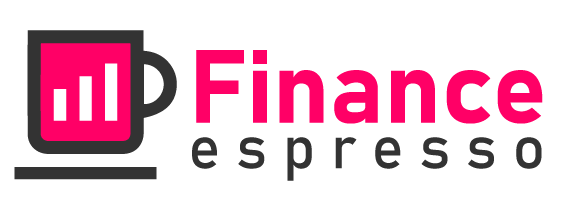Refinancing Your Loan – The Benefits and Pitfalls to Know About
Refinancing your loan can be a complicated undertaking, but if you take the time to familiarize yourself with the process, it could potentially save you thousands of dollars. However, it’s important to be aware of the pros and cons of refinancing, in order to make an informed decision about what is right for you.
Benefits of Refinancing
- Lower Monthly Payments: Refinancing can help you lower your monthly payments by extending the term of your loan and locking in a lower interest rate. This can be especially beneficial if you have a high-interest loan, such as a credit card.
- Access to Equity: By refinancing, you can tap into the equity you’ve built up in your home. This can allow you to access cash for a variety of purposes, such as debt consolidation or home improvement projects.
- Reduced Interest Rate: Shopping around for a new loan has the potential to reduce your rate significantly. This can save you quite a bit of money in the long run, and may even be enough to motivate you to refinance.
Drawbacks to Consider
- Costs & Fees: Refinancing can come with considerable costs, including application fees, closing costs, and points. Be sure to factor these costs into your decision-making process when deciding whether or not to refinance.
- Length of Loan: By extending the term of your loan, you may end up with a longer loan than you started with. This could end up costing you more in the long run if you stretch out your mortgage over a longer period.
- Risk of Default: Refinancing can be risky if you don’t manage the process properly. If you don’t make payments on time, you could risk defaulting on your loan, which could have severe consequences.
Refinancing your loan can be a great way to save money, but it’s important to be aware of the potential risks involved. By doing your research and understanding the process, you can make an informed decision that makes sense for your financial situation.

